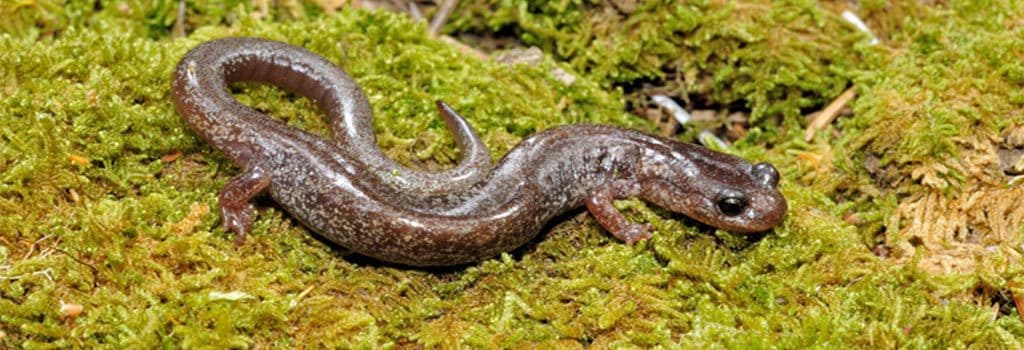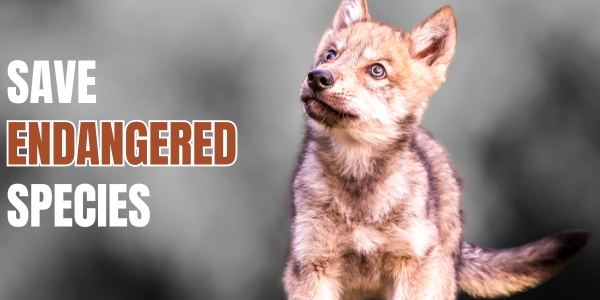Endangered + threatened amphibian species
25 Years of Protecting Amphibians
Amphibians are a surprising class—most species transform from aquatic tadpoles to terrestrial adults, bridging land and water. Though many prefer moist habitats, some can be just as at home buried three feet under the Sonoran desert as others are in the rain-filled cavity of a bromeliad in the rainforest canopy. Many sport distinctive coloration, such as the black-spotted newt of south Texas, the infamous suite of poison dart frogs, and the California tiger salamander. Others are perfectly camouflaged to blend into their surroundings. There are 6,600 species of amphibians, and each one is unique, but they do share the characteristic of being cold-blooded animals sensitive to their surroundings.
For most animals, their skin provides a protective barrier between their bodies and the outside world. For amphibians, the line between inside and out is less clear-cut. Because they are able to breathe through their permeable skin, they are also susceptible to absorbing pesticides and pollutants from their environment. Pollution affects one-fifth of amphibian species. The health of amphibians is a particularly sensitive indicator of the health of the environment in which those amphibians live. Thus, it should be cause for alarm to discover that nearly one third of all amphibian species are considered threatened by the IUCN’s 2010 Red List. Toxins aren’t the only threat they face—they must also avoid collectors for the pet trade, adapt to shifting weather patterns due to climate change, and contend with habitat loss, particularly in the tropical forests where the majority of amphibians reside. A devastating threat is chytrid fungus, which has led to amphibian declines across the globe. Without swift action, these sensitive species may rapidly succumb to the current extinction crisis.

Endangered Amphibians
Learn more about the threatened and endangered amphibian species we work to protect.
More about endangered amphibians >
